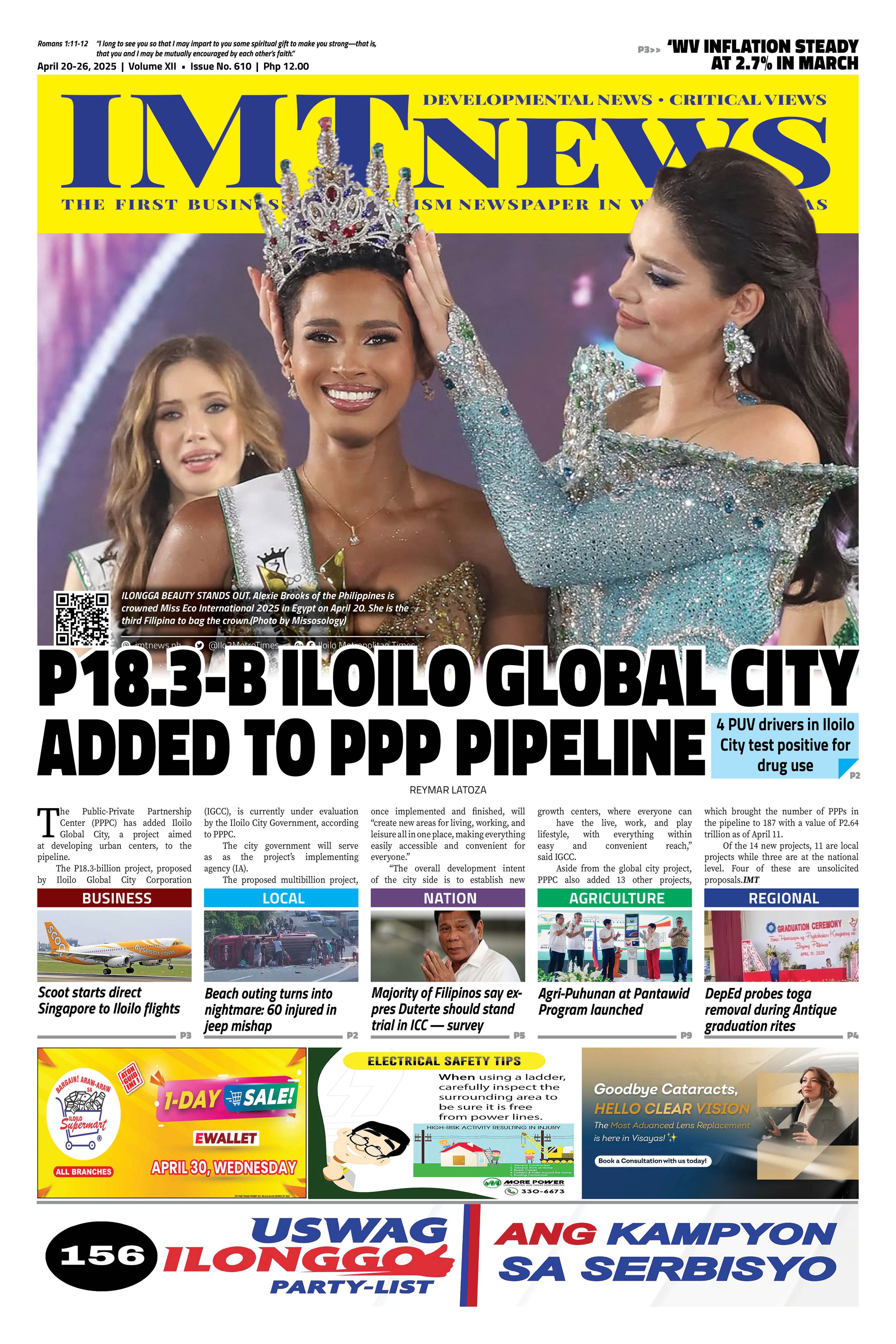Iloilo Governor Arthur Defensor Jr. on Tuesday, Aug. 13, signed Executive Order No. 168, establishing the “Turista sa Barangay,” which seeks to develop villages as venues for tourism events and activities, and as a point of care for tourists.
The EO said the program shall be a barangay-based and orientated application of the strategies of the provincial tourism development plan (PTDP), and an initiative to attain the strategy and goals for the total development of the tourism potential of the province under the MoRProGRes (Movement for a Robust, Progressive, Globally Competitive, and Resilient Province of Iloilo).
“The province shall develop MoRProGRes Tourism Barangays, primarily in the areas of agriculture/food, natural environment, and culture/heritage,” the EO said.
Under the program, agricultural facilities and projects in Barangay Nanga in Pototan town will be enhanced.
Gardening programs will also be upgraded in areas with tourism potentials like Bucari Pine Forest in Barangay Bucari in Leon; Maasin Watershed in Barangay Daja, Maasin; and Jalaur Multipurpose Project Watershed Area as among the strategies for agriculture and food.
For the natural environment, the EO proposes the reforestation of all recoverable forest areas in the province, and promote the growing of flower-bearing trees to enhance their beauty; develop integrated social forestry projects; and promote optimum growing trees in public parks and plazas, roads, government projects and sites, commercial complexes and business centers, residential areas, academic institutions, and other appropriate areas under the Tanum (plant) Iloilo program.
Defensor also plans to develop the “Kasadyahan sa Kabanwahanan” as a fun foodie friendly festival to be known globally.
“By prioritizing barangays with established tourism potential, the ‘Turista sa Barangay’ program aims to increase tourist arrivals and enhance the overall tourism experience in the province,” the provincial government said in a statement.
The program will be implemented in collaboration with national government agencies, local government units, Sangguniang Kabataan, non-government organizations, people’s organizations, schools, and academic institutions, among others.Perla Lena/PNA








